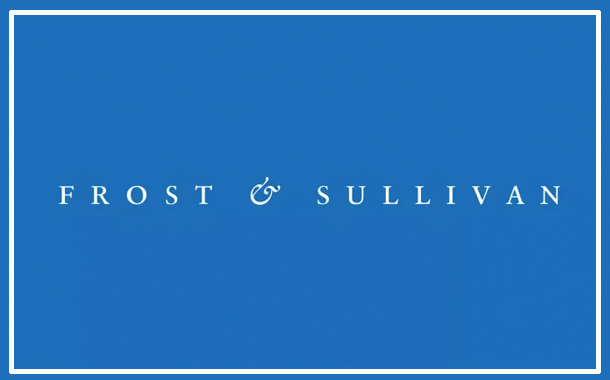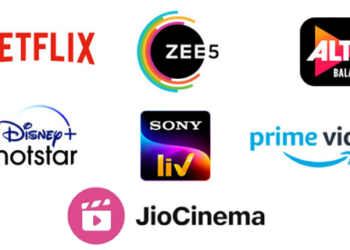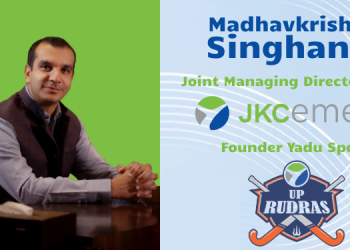Mumbai: Frost & Sullivan’s recent analysis, “Over-the-top (OTT) Video Services Market, India, 2017–2022”,reveals that the OTT video market in India is beginning to see real traction with more competitors and new innovative platforms on the back of cheaper data bundles. With 180.3 million active online video viewers and almost 4 million registered subscribers, the OTT video services market earned over ₹37 billion in 2017, and will likely grow at a CAGR of 17.3% over the next five years.
The OTT video market in India is gradually becoming a mainstream entertainment destination with the rapid rise in the internet user base. With the commoditization of internet and growth of mobile demography, many households are supplementing their television subscriptions with multiple OTT video platforms. The inclusion of regional content by vernacular-specific platforms has paved the way for a mass-market adoption as opposed to the erstwhile niche offerings catering to urban households. Live sports and other marquee titles offered online have reiterated the growth opportunity of OTT video, encouraging global internet companies to invest and enter this lucrative market.

“The customer experience and user interface need to be prioritized by an operator to stand a chance in this market. Exclusive, original programming and live content will give an edge to some platforms that can afford to offer such services. Platforms with vernacular options will strike a chord with the masses, capturing audiences beyond urban areas. The market is just waking up to the subscription video on demand (SVOD) proposition, and it will have more takers in the next five years,” said Aafia Bathool, Research Analyst, Digital Media Practice, Frost & Sullivan.
As seen in other regional markets, Bathool finds that telcos are using OTT video services extensively as a bundling strategy for attracting and retaining their consumers. The study highlights growing partnerships among telecom operators, handset OEMs and distributors, FMCG brands, and content aggregators. The study also outlines investment and funding in the market, as well as an extensive competitive analysis of leading platforms, based on their feature sets and content strategies.
However, India continues to be challenged by inadequate broadband infrastructure. Despite an increase in adoption of 4G services across India, consumers often report slow access and inconsistent speeds, thereby affecting the quality of experience. This has led to significant churn across service providers. The other challenge that market participants have to contend with is low ARPUs in subscription based services.

“As a result of aggressive pricing and bundling strategies by companies such as Amazon (through Prime) and ALT Balaji, the ARPU for SVOD services in India fell to ₹65 in 2017. Among freemium model platforms, service providers are seeing conversion of only about 2% of viewers From advertisement based video on demand (AVOD) to SVOD, clearly establishing a dominance of AVOD based business models in the long term,” says Vidya S. Nath, Senior Research Director, Digital Media Practice, Frost & Sullivan.
From 2018 to 2020, OTT platforms will be focused on acquiring content rights to vernacular videos and sports; while telecom operators will focus on bundling or acquiring the increasingly popular OTT platforms.
“The market will be dominated by the global incumbents with heavy capital to invest, as the smaller, regional platforms learn the ropes and learn to strategize optimally in the market. Monetization of SVOD platforms will take off with skinny bundles and promotional packages From OEMs and telcos. Content preferences are gradually shifting toward longer-form content, indicating the increased time spent on OTT platforms,” said Bathool.
Over-the-top (OTT) Video Services Market, India, 2017–2022 is part of Frost & Sullivan’s global Digital Media Growth Partnership Services program.

















